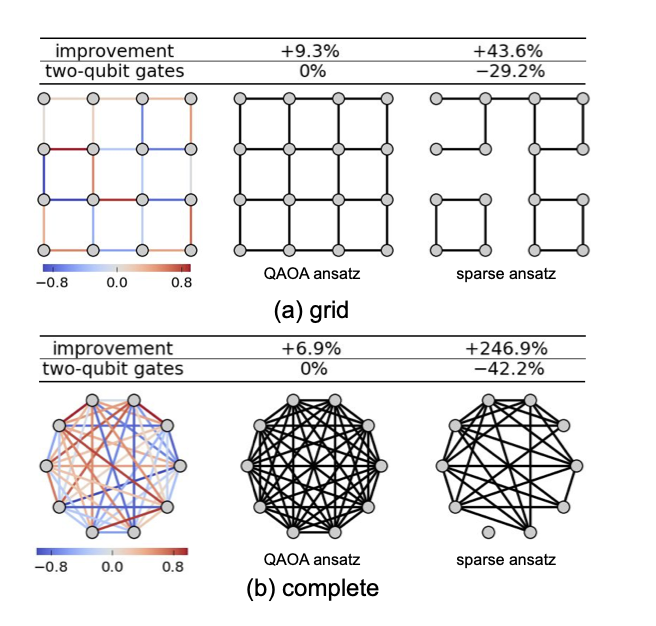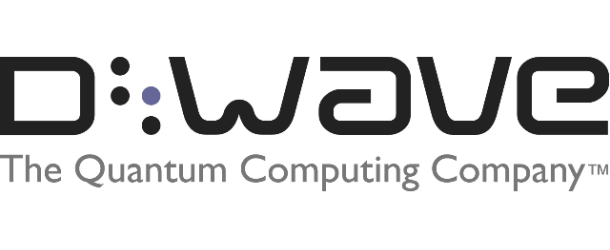The Quantum Approximate Optimization Algorithm (QAOA) is a standard method for combinatorial optimization with a gate-based quantum computer. The QAOA consists of a particular ansatz for the quantum circuit architecture, together with a prescription for choosing the variational parameters of the circuit.
Researchers at Google Research Applied Science and X, The Moonshot Factory have proposed modifications to both. First, they defined the Gibbs objective function and showed that it is superior to the energy expectation value for use as an objective function in tuning the variational parameters.
Second, the team described an Ansatz Architecture Search (AAS) algorithm for searching the discrete space of quantum circuit architectures near the QAOA to find a better ansatz. Through the AAS they found quantum circuits with the same number of variational parameters as the QAOA but which have improved performance on certain Ising-type problems.
This opens a new research field of quantum circuit architecture design for quantum optimization algorithms.




